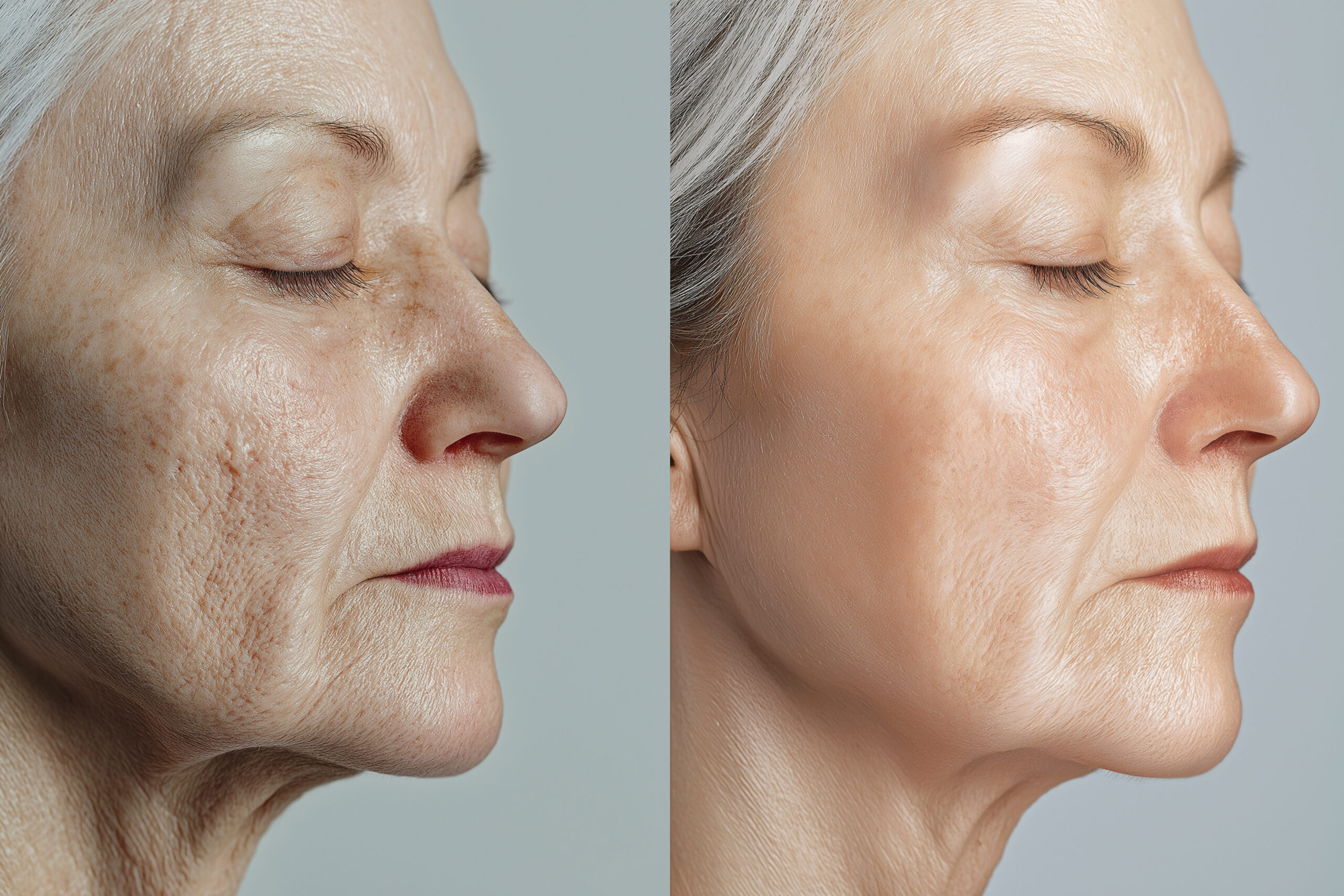Facelift (Rhytidectomy)

What is a Facelift?
A facelift, also known as rhytidectomy, is a surgical procedure to improve the appearance of the face by tightening sagging skin and lifting the facial muscles. It can help to rejuvenate the face and make you look younger.
How is a Facelift Performed?
Facelift surgery is typically performed under general anesthesia. The incisions are made along the hairline, in front of the ears, and under the chin. The surgeon lifts and tightens the facial muscles and removes excess skin.
After Surgery Treatment
Recovery from a facelift typically takes several weeks. It’s important to follow your surgeon’s post-operative instructions carefully, which may include:
• Avoiding strenuous activity for several weeks.
• Taking pain medication as prescribed to manage discomfort.
• Wearing a compression bandage to help reduce swelling.
• Attending follow-up appointments with your surgeon to monitor your healing progress.
• Avoiding strenuous activity for several weeks.
• Taking pain medication as prescribed to manage discomfort.
• Wearing a compression bandage to help reduce swelling.
• Attending follow-up appointments with your surgeon to monitor your healing progress.
Things to Be Careful About
While a facelift can be a safe and effective way to improve your appearance, it’s important to be aware of the potential risks and complications associated with the procedure. These may include:
• Scarring: Incisions can leave visible scars.
• Asymmetrical results: It may be difficult to achieve perfectly symmetrical results.
• Numbness or loss of sensation: You may experience numbness or loss of sensation in your face.
• Infection: There is a risk of infection after any surgery.
• Blood clots: There is a small risk of developing blood clots in the legs or lungs after any surgery.
If you’re considering a facelift, it’s important to discuss the risks and benefits with your surgeon to determine if it’s the right procedure for you.
• Scarring: Incisions can leave visible scars.
• Asymmetrical results: It may be difficult to achieve perfectly symmetrical results.
• Numbness or loss of sensation: You may experience numbness or loss of sensation in your face.
• Infection: There is a risk of infection after any surgery.
• Blood clots: There is a small risk of developing blood clots in the legs or lungs after any surgery.
If you’re considering a facelift, it’s important to discuss the risks and benefits with your surgeon to determine if it’s the right procedure for you.
